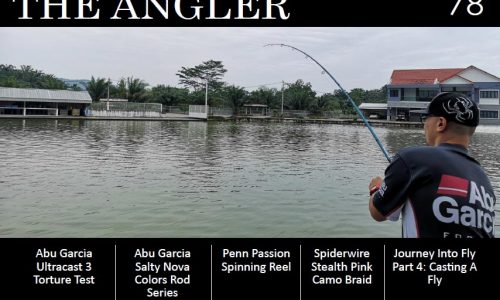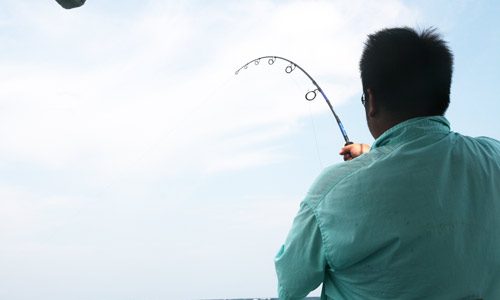The Curse Of The Unlucky Fishing Tackle
Fun Facts Or Fiction

Advertisement
When it comes to curses, many of you are probably excited. Some of you are probably looking at your screens weird. Well, such a topic usually arouses one’s curiosity. Anyway, most of us humans tend to thread along the dark side. That is where it stops when it comes to the curses of the unlucky fishing tackle.
Unlocking The Curse
Whether you believe in unlucky fishing tackle and curses, believe me when I say there are fishing tackle that fail to catch fish. Yes, there certainly are but the reasons for them failing to catch fish has more to do with science and the forces of the universe such as vibrations; and less to do with witch craft, voodoo, and dark curses.
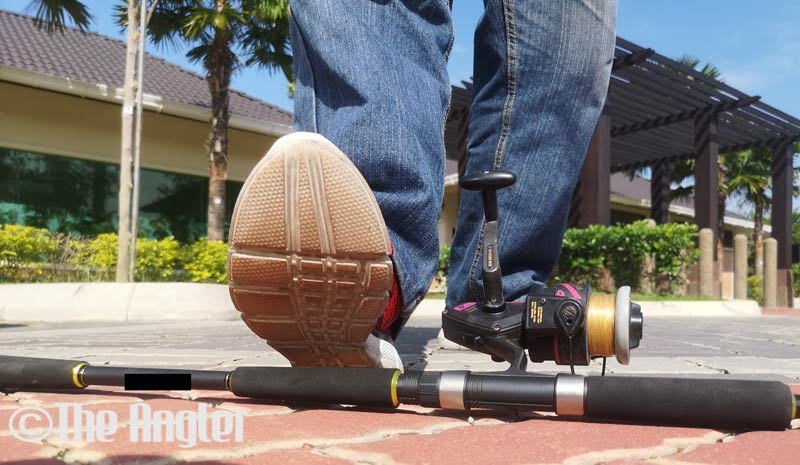
Stepping over a fishing rod will not curse the rod but accidentally stepping on it will render it un-usable and thus unable to catch fish.
Curse Number 1
Before we go further into the subject, we must understand that fishes are like us. They can see, taste, smell, sense , and they can most certainly think. First, let us talk about vibrations. It is true that the universe is made up of atoms and that includes us, humans. All atoms vibrate in different ways giving us form, textures, etc. Vibrations also gives us feelings and when we feel something; say, the skin of an orange. We feel the bumps and dots on its surface and this in reality is because of vibrations; different frequencies interacting.
So, how do vibrations deter fishes from taking our baits? Where do these vibrations come from? This may (or may not) surprise you; your fishing lines, baits, sinkers, hooks, snaps, etc. vibrates underwater. The larger the size, the more the vibration. The more the vibration or the higher the vibrations, the easier it is for fishes to feel them. Fish that live in waters that are heavily fished will be more likely to shy away from terminal tackle that emits high frequencies of vibrations.
How do fishes feel vibrations? When you look at a fish from its side, you will notice a line that runs from the back of its head (near the pectoral fin) all the way to its tail. This line is called the lateral line or lateral line system. This line is the sensor of every fish and they allow the fish to sense all sorts of vibrations underwater. They can sense a meal (weak or injured fish for example), danger, changes in environment, etc. When they sense that something is off or out of place, they become more cautious. When they are more cautious, your fishing reel or rod becomes unlucky because you’ve spent a day on the water catching nothing.
Breaking The Curse
Fishing Lines
Let us take a look at fishing lines. Ever wonder why the pros favour thinner lines over thicker ones? Commonsense dictates that larger amounts of thinner lines can be spooled into a spool. The thinner your line the higher your line count. The higher your line count the lower your chance of running out of line. One of the reasons why pros prefer thin lines.
Another reason and a very important reason why the pros prefer thinner lines is because fishes are less likely to detect thinner lines compared to heavier lines or lines of larger diameters. Yes, larger diameter lines are easily seen by fish but fluorocarbon lines can help with this issue. Larger diameter lines also mean higher vibration frequencies. This means that fishes are more likely to sense heavier lines as compared to thinner lines.
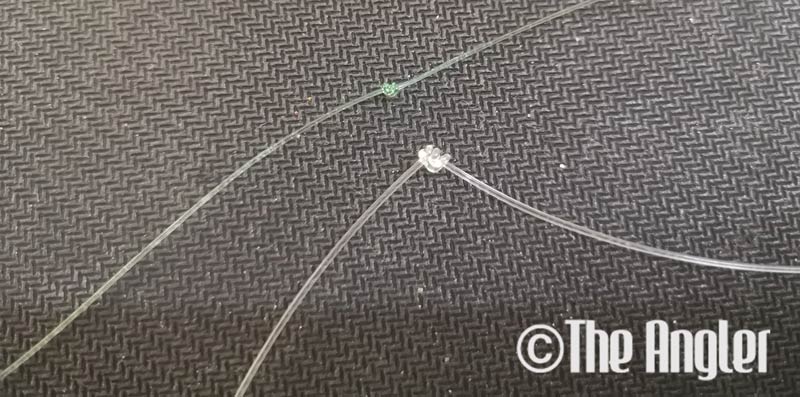
See the difference in knot size? Line diameter does make a difference.
A better understanding of lines will help you unlock this curse. There are generally 3 main categories of fishing lines. They are:
Monofilament lines
Super-lines (braided, unifilament, and fused lines)
Fluorocarbon lines
(Also steel wire or wire leaders)
Amongst the main lines that we use for fishing, the line type with the highest vibration and noise are super-lines, followed by monofilament lines, and the quietest of them; fluorocarbon lines. Without much thought one will see that the best line to use is fluorocarbon. That is true only in terms of reducing vibration or noise. They (real or genuine fluorocarbon lines) cost a lot though, and are more expensive than even super-lines.
Next on the list will then be monofilament lines. They are perhaps the cheapest lines available and quieter than super-lines although not as quiet as fluorocarbon lines. They have their own disadvantages too. The major one is size. LB for LB they are a lot thicker than super-lines. Thicker lines mean higher vibrations underwater. Thicker lines also mean that they are subjected to more things in the water that affects their behaviour such as currents. Of course thicker lines also mean lesser lines in the spool.
Now, super-lines; the noisiest and if based on diameter alone, the line with the highest vibrations. The benefit is that they are lb for lb thinner in diameter compared to all other lines. Now, that puts us in another dilemma.
Another factor is the amounts of line you have in the water. If you have lots of line in the water, you are creating more vibration. So imagine a long line transmitting vibrations and sounds underwater buzzing about, arousing the lateral lines of fishes; it’s like blasting your stereo in a fishy discotheque. Some fishes perhaps get too aroused to take your bait while some may decide to take a look at the unfamiliar “thing” with a long vibrating tail but are cautious and do not bite. There may be some that do take the bait and then regret for the remaining parts of their lives.
So Where Is The Key To Unlocking This Curse?
The key is in your line diameter, line type, and budget. Personally I prefer super lines because of their thinner diameter (lb for lb) as compared to other line types, and they do come in a variety that is quieter and vibrates less. Of course, nothing good comes cheap and one will have to pay more for high quality lines that are tough, vibrates less, sinks fast (most super-lines float), and do not crunch out loud heavy metal music.
The other option will be to go full on Fluorocarbon; the quietest of all lines with the added advantage of being almost invisible underwater. They sink really fast as they are compact lines and has little friction with water. The downside is their thickness. Do note that I am talking about real fluorocarbon and not fluorocarbon coated lines, or worse; fake fluorocarbon lines that are really just monofilament that comes with a label that reads fluorocarbon (there are a lot of them out there). Fluorocarbon lines do cost a lot too and if you find a line that says fluorocarbon but they coast slightly above the price of an average priced monofilament; it’s a fake.
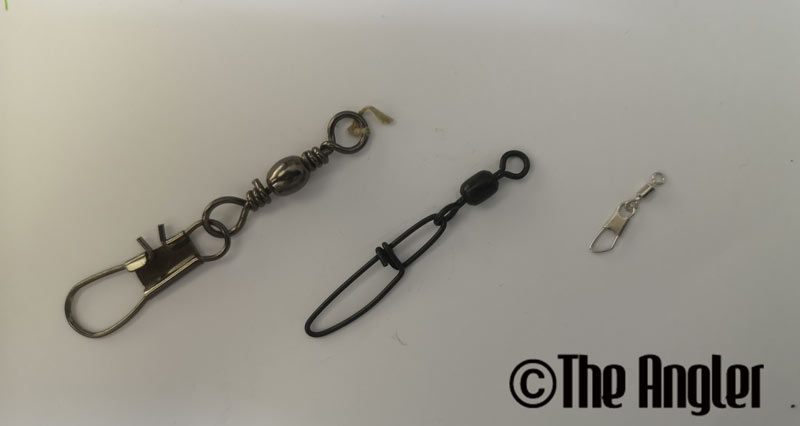
The bigger the size the higher the vibrations.
But if you have done all these and still cannot break the curse; perhaps that particular fishing tackle of yours truly is cursed and cannot be helped. Ah, you know what; fret not. This is just part 2. Perhaps you are plagued by another curse and in need of another key. That will be in part 3. Look out for it in the next issue.
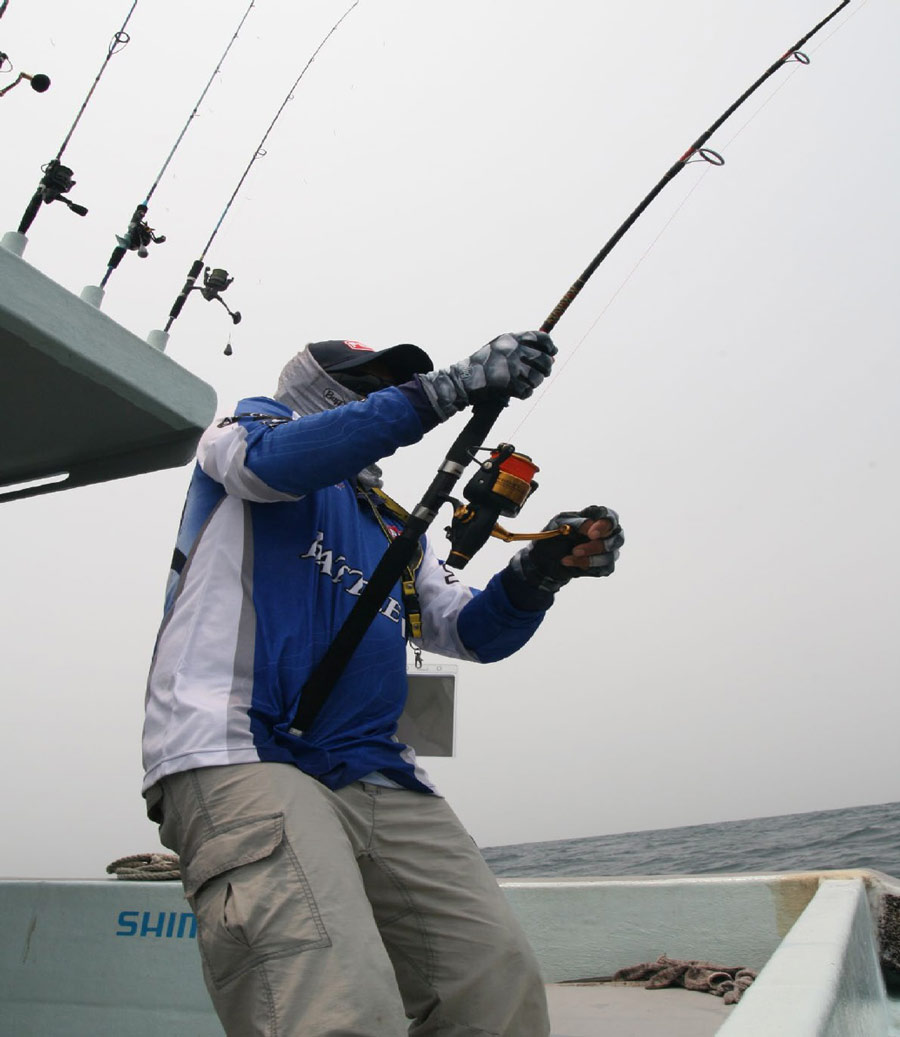
Contact us
For more information or should your have enquiries, do drop us an email.


